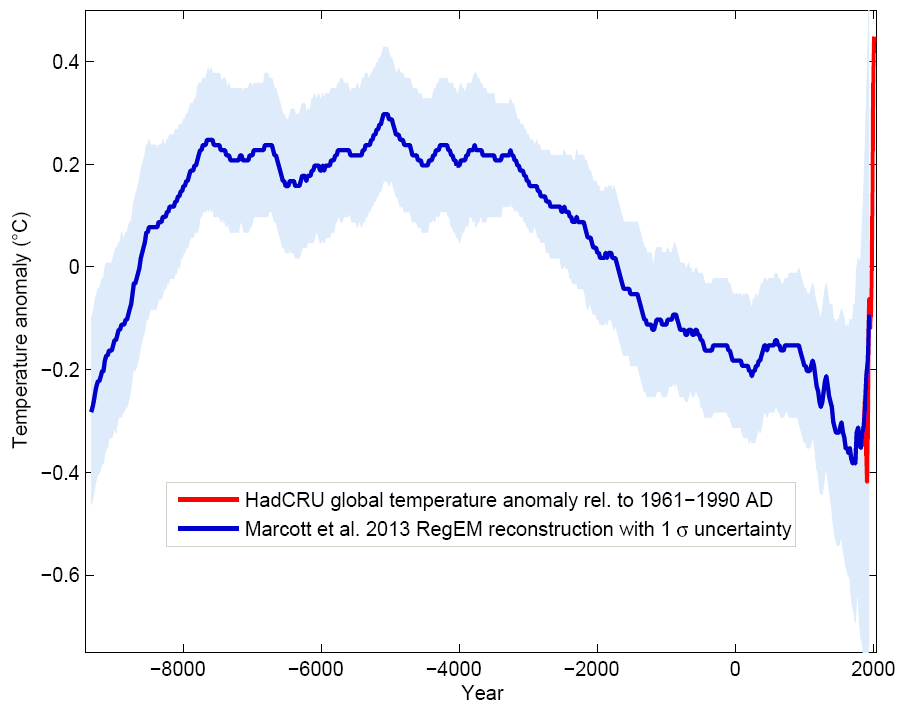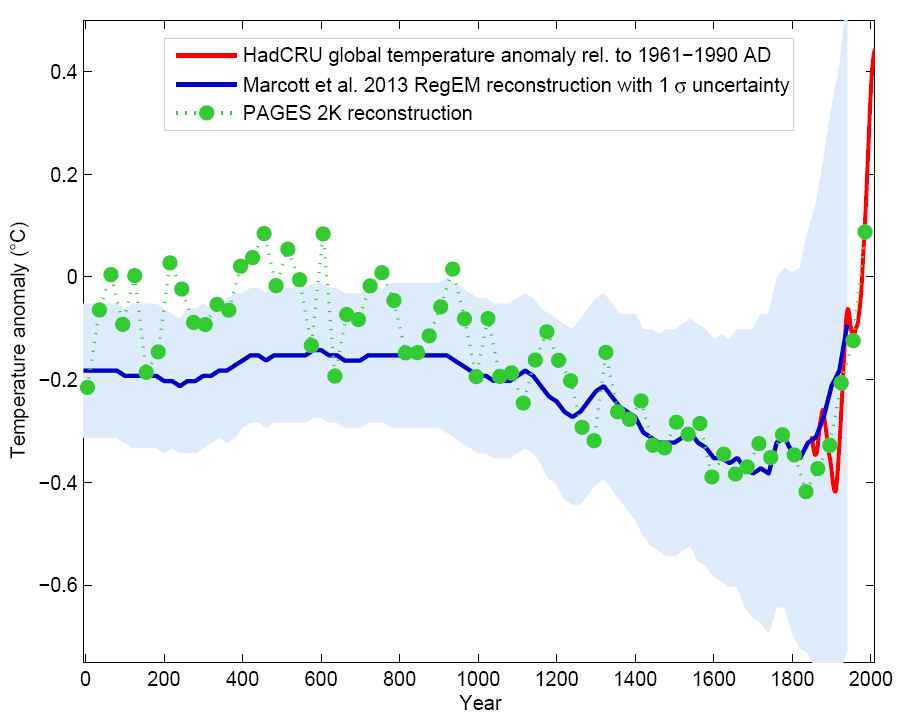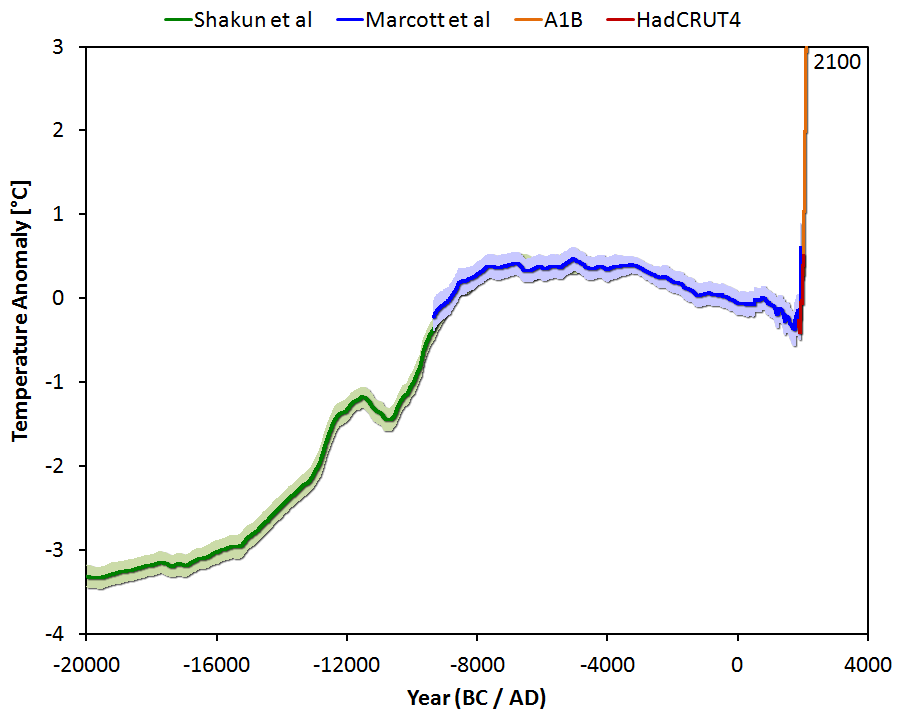JohnnyApplesack
Gold Member
- Feb 8, 2011
- 2,660
- 355
- 130
this is a ticking time bomb for the right and alt-right AGW deniers......just like last summer and summer before that, temps will keep rising until that moron Inhofe is driven out of town......unless he falls into a fracking quake first....
The United States hits record high temps, as a climate change denier takes the reigns at the EPA.
Meteorologists expect to see dozens of heat records broken this week, as an extended stretch of uncommonly warm weather continues across much of the United States.
Also this week, Scott Pruitt took the helm at the Environmental Protection Agency (EPA). Pruitt, who has deep ties to the fossil fuel industry, has described climate science as a “religious belief” and said he expects to scrap the Clean Power Plan, an EPA initiative to limit carbon pollution from power plants.
Scientists have found that carbon pollution is warming the planet, producing more severe weather, including more extreme heat. February’s spate of record-high temperatures offers the most recent example of how this process plays out.
It might feel good, but February’s intense heat is a very bad sign
The United States hits record high temps, as a climate change denier takes the reigns at the EPA.
Meteorologists expect to see dozens of heat records broken this week, as an extended stretch of uncommonly warm weather continues across much of the United States.
Also this week, Scott Pruitt took the helm at the Environmental Protection Agency (EPA). Pruitt, who has deep ties to the fossil fuel industry, has described climate science as a “religious belief” and said he expects to scrap the Clean Power Plan, an EPA initiative to limit carbon pollution from power plants.
Scientists have found that carbon pollution is warming the planet, producing more severe weather, including more extreme heat. February’s spate of record-high temperatures offers the most recent example of how this process plays out.
It might feel good, but February’s intense heat is a very bad sign




